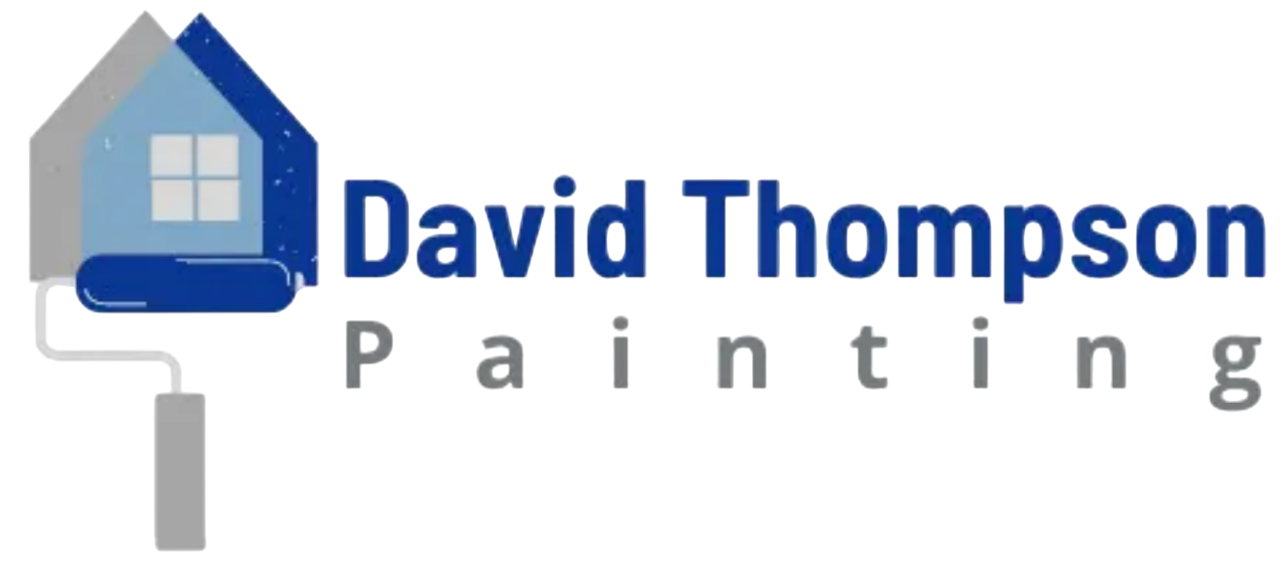david thompson painting
ABout us
TOP-RATED richmond PAINTER
ABOUT david thompson painting
Welcome! At David Thompson Painting, we totally get that paint, siding, and gutters are about so much more than just looking good—they're key in keeping both homes and businesses safe and sound. Our awesome team is here to make sure your property shines while getting the protection it needs, both inside and out.
Since we started back in 2013, we've had the pleasure of working with tons of homeowners and businesses around Richmond and nearby areas like Lexington, Winchester, and Berea. When it comes to finding trustworthy painters and siding pros, we’ve got you covered! If you’re thinking about a project and want to chat with someone who really knows their stuff, reach out to us for a free estimate—we’d love to hear from you!
Expanding Our Reach to Serve You Better
Hey there! We want you to know that making our customers happy is super important to us, especially when we’re tackling painting projects. We get it—having painters in and out of your home can be a bit of a hassle, whether they’re just there for a day or a bit longer. That’s why we try our hardest to keep things running smoothly and not mess with your routine while still delivering awesome results. We’re here to work with you on scheduling, and we’ll always keep you in the loop if anything changes!
Oh, and by the way, we’re really proud to offer our services in a bunch of different areas. Quality workmanship and keeping our customers satisfied are our top priorities, no matter where you’re located!
- Richmond
- Lexington
- Winchester
- Berea
- Waco
You know, every place we work really lives up to the great quality and customer service we’re known for. From the first chat to the last touch-up, our team makes sure everything goes smoothly and takes care of you like family. We want to turn your space into a lively version of what you have in mind! Plus, we always keep our standards high, so you’ll feel appreciated every step of the way.
FREQUENTLY ASKED QUESTIONS
Paints
Concrete Staining
Trim and Molding Painting
Metal Awning Painting
Brick Waterproofing
Apartment Painting
Wallpaper Removal
Front Door
Epoxy Flooring
Cabinet Painting
Painting Drywall
Textured Wall Spraying
Roof Coating
Deck Refinishing
Popcorn Removal
Textured Wall Painting
WHAT OUR CUSTOMERS SAY
We really go the extra mile to make sure we knock your socks off with our work! Every painting project we take on, we aim to be the best painters in Richmond, KY, and the surrounding areas. But hey, don't just take our word for it—check out our reviews below and see what our awesome customers have to say!
"He does awesome work on all he does, very dependable and honest. I've known him for along time and has always done some of the best work around"
Tommy G.
"I've used this company on two different occasions . He painted the inside of my home and it looks fabulous!!! So I then used him a second time . He painted a deck for me... and it was also fabulous!!! I would recommend them to anyone !"
Selina S.
"A professional that knows how to treat a customer, I'm grateful for all your hard work and dedication every little detail is perfect... Absolutely recommend you to my neighbors.."
Ron A.
"David Thompson Painting exceeded all my expectations! Their team was professional, punctual, and paid incredible attention to detail. They transformed my living room and exterior into a space I absolutely love. I highly recommend their services to anyone looking for top-notch quality and exceptional customer service!"
Sarah M.
"David & CJ did a wonderful job painting my great room ceiling, walls & trim. Highly recommend them. Very professional paint job & very easy to work with. Two great guys. Did such a good job had them come back & do my other hallway today. Thank you all again."
John L.
"Do excellent work, always on time. Like the fact they do what they say, not always like that nowadays."
Jerry R.
"Very professional, fantastic job!"
Michelle F.
"Hands down one of the best all around! Great person communicator and painter. Very reliable"
Travis C.
"Reliable and excellent work!!"
Laquata H.
Request A Service
Please submit the following form or call us at 859-314-0531 and we will get back to you promptly. We look forward to hearing from you!
Contact Us
david thompson painting
Our Location
Call Us Today
Hours Of Operation
MONDAY - FRIDAY: 8:00 AM TO 8:00 PM
SATURDAY - SUNDAY: APPOINTMENT ONLY







